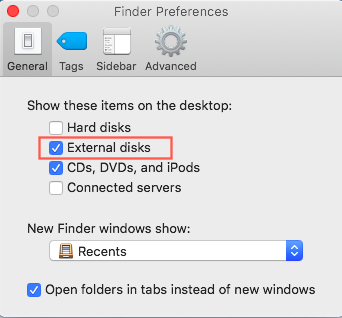
Therefore, you can consider using a cleaning app in the following situations: In my opinion, the main value proposition of a Mac cleaning app is to help you reclaim more storage on your Mac while spending less time achieving it in the process. For those who are not into tech, Mac cleaner software can save you some time or hassles cleaning your Mac. If you are a power Mac user, you probably don’t need it. If your Mac is relatively new, you don’t need it. There are also a few apps that you should absolutely avoid because they either don’t work as they claim or are not compatible with macOS Monterey.If you are looking for a free Mac cleaner, try CCleaner Free. CleanMyMac X is the best paid Mac cleaner for most people.

You don’t need a third-party cleaner app, macOS’ built-in cleaner is good enough to identify large files and by deleting them you can re-gain a decent amount of disk space.In fact, some apps can actually slow down your Mac while running. The main benefit of a Mac cleaner is to free up disk space, they will (probably) not make your Mac run faster.Best Mac Cleaning Software: The Winners.How We Picked and Tested These Mac Cleaners.Common Misconceptions about Mac Cleaning.Removing these from your computer will save a lot of space. If you don't know what the file is or think you might need to eventually, don't delete it.

Under 'Reduce Clutter', you can 'Review Files' and delete ones that are no longer necessary.

When selected, 'Empty Trash Automatically' will delete Trash files after 30 days. When selected, only your most recent email attachments will get stored locally. When activated, your Mac will automatically remove Apple TV movies, and TV shows that you've already watched. Next, select the button under 'Optimize Storage'.

Recent files and optimized photos will remain on your Mac for easy (and offline) retrieval, as necessary. When checked, these options will automatically store those folders and files on iCloud instead of locally, thereby saving space. Consider checking the boxes for 'Desktop and Documents' and 'Photos'. First, choose the 'Store in iCloud' button under the aptly named 'Store in iCloud' section.


 0 kommentar(er)
0 kommentar(er)
